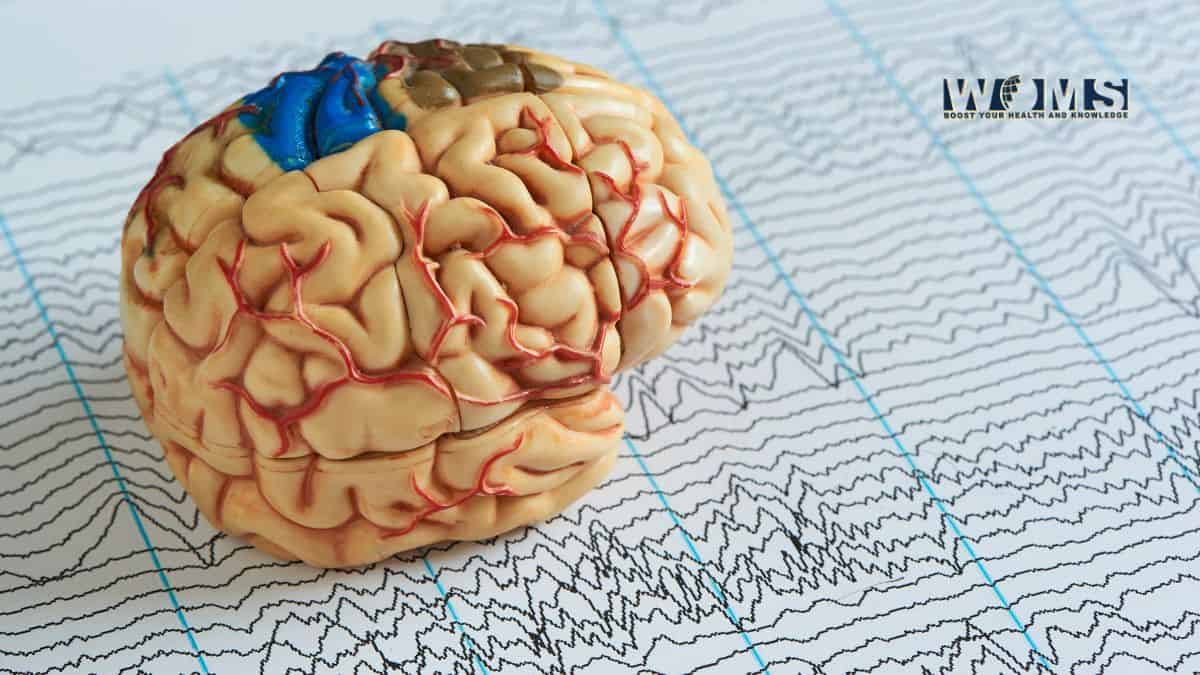TMS Mapping: Illuminating the Path to Understanding Brain Connectivity and Function

Explore the frontier of TMS brain mapping, where magnetic fields illuminate brain connectivity and function. This technology offers insights into neural circuits, aiding both neuroscience and clinical practice. TMS mapping’s precision enables real-time investigation of cognitive processes and diagnostic potential for neurological and psychiatric disorders, promising to revolutionize our understanding of the brain.
Shedding Light on Brain Connectivity
Within the vast expanse of the human brain, there exists a mesmerizing network of neural connections, intricately woven to orchestrate every aspect of our cognition, emotions, and actions. This intricate tapestry has long captivated the attention of neuroscientists, who tirelessly strive to unravel its complexities. Over the years, the relentless march of technological progress has endowed researchers with increasingly sophisticated tools and methodologies, opening up new frontiers in the exploration of the brain’s mysteries.
One such groundbreaking innovation is Transcranial Magnetic Stimulation (TMS) mapping, a cutting-edge technique that holds the promise of revolutionizing our understanding of the brain’s inner workings. By harnessing the power of magnetic fields, TMS mapping enables researchers to non-invasively stimulate specific regions of the brain with remarkable precision. This precise manipulation of neural activity offers a unique window into the functional connectivity of the brain, illuminating the intricate web of neural circuits that underpin our thoughts, emotions, and behaviors.
Unlike traditional imaging techniques, which provide static snapshots of brain activity, TMS mapping offers dynamic insights into the brain’s functional architecture in real time. By observing how the brain responds to targeted stimulation, researchers can glean valuable information about the causal relationships between different brain regions and their role in various cognitive processes.
The implications of TMS mapping extend far beyond the realm of basic neuroscience, permeating into fields such as clinical practice, neuropsychiatry, and cognitive neuroscience. In the clinical arena, TMS mapping holds promise as a diagnostic tool for identifying aberrant patterns of brain connectivity associated with neurological and psychiatric disorders. Moreover, by elucidating the underlying mechanisms of these disorders, TMS mapping may pave the way for more effective and targeted therapeutic interventions.
Exploring TMS Brain Mapping
Unveiling the Power of TMS Maps
TMS brain mapping, a cutting-edge technique, employs non-invasive magnetic pulses to precisely stimulate targeted brain regions, facilitating real-time observation and measurement of neural activity. Through systematic stimulation and recording of brain responses, TMS mapping yields invaluable insights into the intricate landscape of brain connectivity and function. These maps unveil the dynamic interplay between different brain regions, providing a holistic understanding of neural networks and their contributions to diverse cognitive processes.
By mapping out the responses evoked by TMS across the brain, researchers can discern patterns of connectivity and identify key hubs within neural networks. This enables them to elucidate how information flows between different regions of the brain, shedding light on the mechanisms underlying cognition, emotion, and behavior.
Moreover, TMS mapping offers a unique opportunity to investigate the functional specialization of different brain areas. By selectively stimulating specific regions associated with distinct cognitive functions, researchers can delineate the roles played by each area in processes such as memory, attention, language, and executive function.
Advancing Neuroscience Research
TMS mapping stands as a revolutionary force in neuroscience, offering researchers an unparalleled means to delve into the intricate workings of the brain with unprecedented precision. Through the precise stimulation of targeted brain regions, TMS mapping allows scientists to chart the neural circuits responsible for intricate behaviors like decision-making, language processing, and memory formation. This innovative technique serves as a gateway to unlocking the secrets of the brain, unraveling its complexities, and deciphering the mechanisms that underpin human cognition.
By peering into the neural underpinnings of complex behaviors, TMS mapping empowers researchers to paint a comprehensive picture of brain function, shedding light on the dynamic interplay between different brain regions and their roles in shaping our thoughts, actions, and perceptions. This deeper understanding of brain connectivity not only enriches our knowledge of fundamental neuroscience principles but also holds immense potential for elucidating the underlying mechanisms of neurological disorders.
Indeed, the insights gleaned from TMS mapping have far-reaching implications for our understanding and treatment of neurological disorders. By pinpointing aberrant patterns of brain connectivity associated with conditions such as Alzheimer’s disease, schizophrenia, and traumatic brain injury, TMS mapping offers a roadmap for developing targeted interventions aimed at restoring healthy brain function. Whether by refining existing therapeutic approaches or pioneering novel treatments, TMS mapping holds the promise of transforming the landscape of neurological care, offering hope to millions of individuals affected by these debilitating conditions.
Moreover, TMS mapping serves as a catalyst for interdisciplinary collaboration, bridging the gap between basic neuroscience research and clinical practice. By fostering a deeper understanding of brain function and dysfunction, TMS mapping empowers clinicians to tailor interventions to the unique needs of individual patients, optimizing treatment outcomes and improving quality of life.
Transforming Clinical Practice
Beyond its applications in research, TMS mapping holds promise for transforming clinical practice in neurology, psychiatry, and rehabilitation. By pinpointing aberrant brain activity in conditions such as depression, epilepsy, and stroke, TMS maps can guide treatment planning and personalized interventions. Clinicians can use TMS mapping to target specific areas of the brain with precision, offering patients tailored therapies that address the underlying neural dysfunction. This personalized approach has the potential to improve treatment outcomes and enhance patient care across a range of neurological and psychiatric disorders.
Summing Up
In conclusion, TMS brain mapping represents a groundbreaking advancement in our quest to understand the complexities of the human brain. By shining a light on brain connectivity and function, TMS maps offer valuable insights into the neural mechanisms underlying cognition and behavior. As we continue to explore the potential of TMS mapping, we stand poised to unlock new discoveries in neuroscience and revolutionize the way we diagnose and treat neurological and psychiatric disorders. Through the synergy of cutting-edge technology and scientific inquiry, TMS mapping is paving the way towards a deeper understanding of the brain and the development of innovative therapies that have the power to transform lives.




